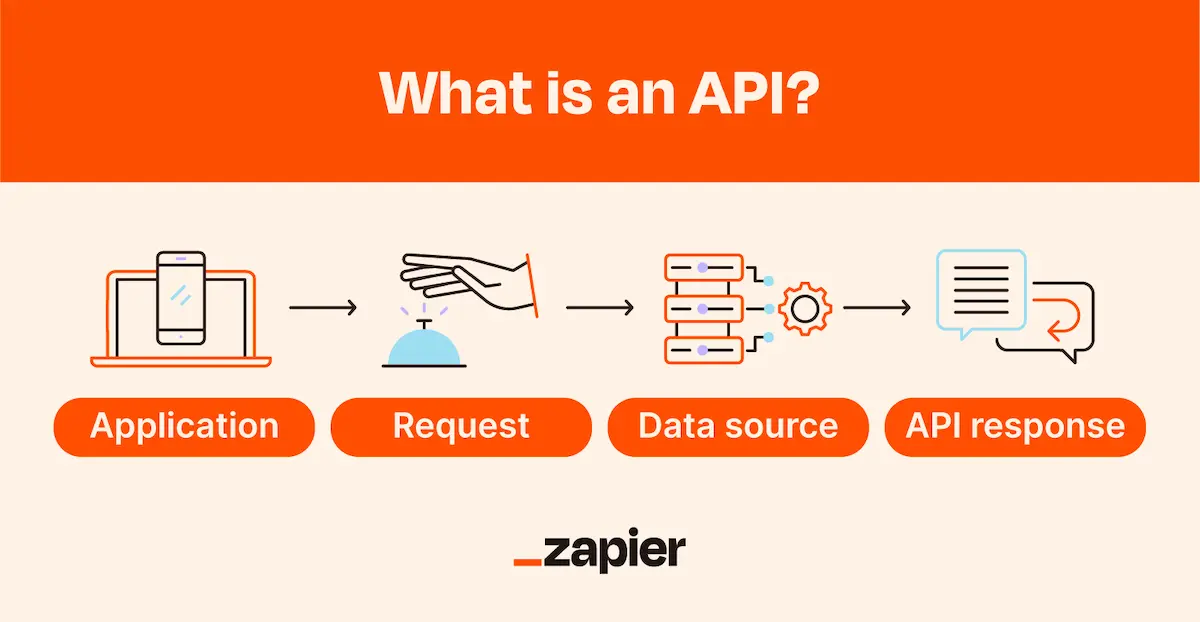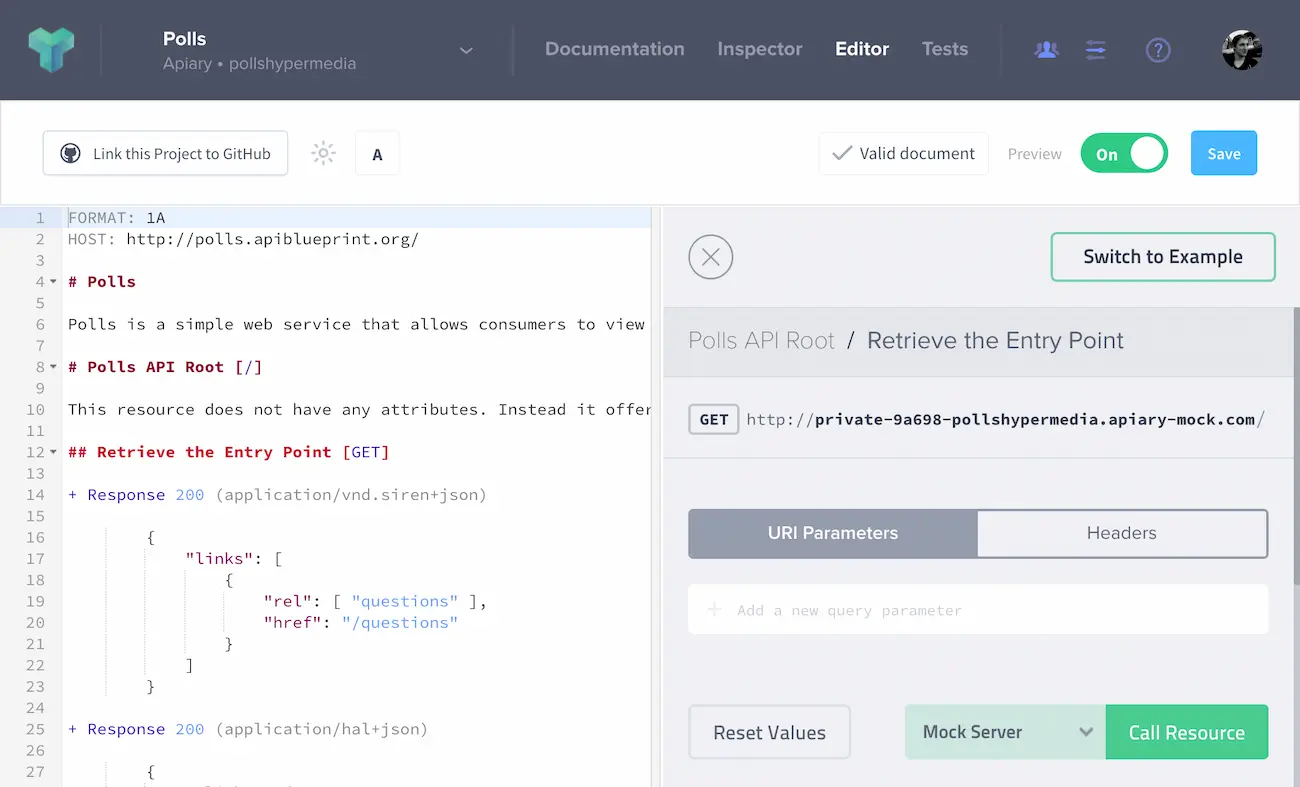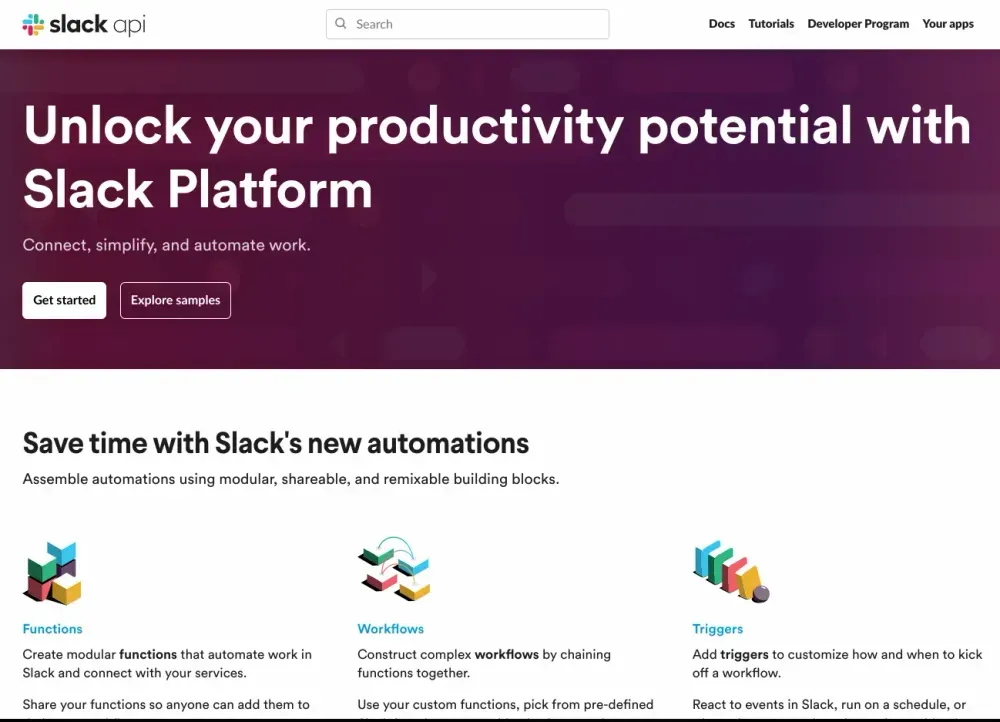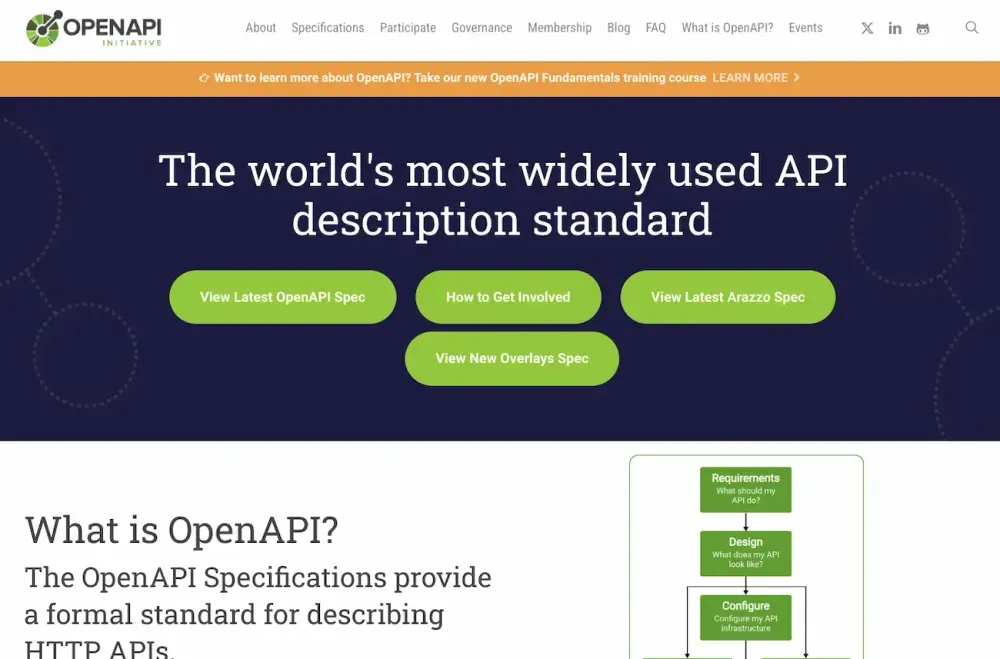Early stage SaaS companies survive and thrive by creating new customer value as fast as they can. Product managers ignore market trends and customer feedback from early adopters at their peril.
For product development teams, some feature requests are simple, obvious, and addressed quickly. Of course that new integration makes sense. No wonder that screen is confusing. New features are shipped. Customers and internal stakeholders are happy.
Then, the inevitable happens. ‘"APIs" - application programming interfaces that connect software systems - rise to the top of the customer request list. Panic ensues.
Product teams are herded into endless workshops for countless days. Open-ended questions like “what's our API value proposition?” and “do we need to create private APIs or public APIs?” are asked.
But nobody stops to think of what your API customers - third party developers - really want. Or the acronyms behind the questions.
SaaS: Software as a Service
When we're building and selling software, we're building and selling multiple applications that help customers save and generate revenue or time. When we're making that software available as a Service, we're enabling anyone, anywhere, anytime, to interact with the software we've built, through a set of interfaces we make available over the internet to enable that interaction.
One of the first services to get built by SaaS startups goes by various names. Some people call it the frontend. Some people call it the UI. Some people call it an app. Whatever you call it, it exists so customers can interact with your product.
This is not your complete product. It's just one - visual - interface into your product.
API: Application Programming Interface

Increasingly, customers of SaaS businesses aren’t just demanding access to software anytime, anywhere. They’re also demanding that different software systems they use can access and interact with every data, service and online business they already interact with and use through application programming interfaces (APIs).
Stitching these services together as integrations creates business value by automating business processes - connecting workflows, existing data, and syncing data across systems.
API products
These demands manifest themselves through customers requesting an "API product." This isn’t a feature request. It’s your customers - API consumers - telling you they need the existing services they use to interact with yours, through external APIs.
API Feature parity
Basic feature parity is the baseline requirement of every API product. Comprehensive API documentation is the cherry on top. Not new features, just a programmatic interface to connect and power your web, iOS, and Android interfaces with the databases and data formats you've already defined. Every API call initiates one or more calls to one or more databases.
Sounds easy, right?
For product teams who treat a customer API request as a simple feature request, the reality is usually a lot more complicated.
Kicking the API can down the road

API requests treated as feature requests always end up at the back-end of product managers' backlogs. Why? Successful product teams are rewarded for shipping tangible value. For many product teams, APIs and API calls are intangible.
If the design artefacts covering your walls mostly consist of screens and user flows, it’s easy forget that those screens and user flows aren’t the only ways your customers will interact with your product. One of many challenges for API product managers.
As new features are released to your web, iOS, and Android interfaces — but not your API — your product steps further and further away from feature parity across your visual and programmatic interfaces. Naming conventions are non-existent, or or inconsistent. Integrations become complicated to build, and impossible for consuming developers to build upon.
Your product becomes a silo’d black box.
Customers churn. Because your product is inconsistent and isolated. Not because you didn’t build new features.
This is why hiring strong a API product manager is crucial, to oversee the development and continuous improvement of APIs to ensure they meet stakeholder needs and drive product strategy.
Strong API product managers can connect the dots between user feedback, market trends, other API products, and their engineering team to define a cogent and focused API product strategy.
Parity, a core component of every API strategy
APIs and integrations are fast becoming table-stakes requirements, particularly for SaaS businesses with ambitions to graduate from ‘product’ to ‘platform’ company. As a result, the number of surfaces your customers interact with has expanded from low single digits, to tens or even hundreds, necessitating the creation of reliable and scalable APIs.
Slack: The Ultimate API product

Slack, with over 2,700 apps and integrations available to their customers, is a great example of this. Most of the apps and integrations listed in Slack's app marketplace were built by partners.
This sort of scale demands feature parity across all customer interfaces — visual and programmatic, for internal end users of the platform, and for third party developers building on Slack. Slack don’t just think about how new features will work across their web, iOS and Android apps. They think through the entire API lifecycle, and all the essential components to interact with them, at an early stage.
Defining core principles
Their teams of API product managers and engineers think about how new features will be represented in their API endpoints, and through thousands of other tools. They don't just create plans to develop APIs - they explore the best ways to maintain APIs, and define core principles to build with them and on top of them. APIs deliver incredible leverage when deployed in the right way.
Good API product managers consider feature parity across every interface - not just the REST APIs they "own" and manage. Successful API products demand a well defined API strategy - for every team.
Feature parity for API Integrations

For API product managers and the teams they work with, it's also easier than ever to guarantee feature parity across every interface throughout the product lifecycle.
A rise in API design tools like Apiary and Mulesoft, in addition to the creation of standards like OpenAPI/Swagger, democratized the API design process and elevated the technical understanding and importance of API products. Products like Kong make API monetization and API adoption easier to measure and manage.
Meanwhile, visual design tools like Marvel’s Handoff bridge the gap between visual and programmatic interface design processes. Increasingly, we’ve seen API design and visual design happening in tandem, with shared workflows connecting to shared sources of data, and across internal developers, partner developers, product managers and design teams.
We’re not far from a future where APIs are thought of as first class citizens early in the product development and design process, potentially even before visual designs are considered.
The API product manager: more important than ever
API product management is a cornerstone of a successful API product, enabling the seamless integration of platforms and products. API product managers oversee the entire API product lifecycle, ensuring that APIs meet the diverse needs of internal stakeholders, developers, and end-users.
Thinking holistically
Effective API product management requires a deep understanding of API design, API integrations, API documentation and how APIs function. Comprehensive API documentation is crucial for developers to seamlessly integrate APIs into their applications. All are product management skills uniquely relevant to the role.
Creating unique opportunities
API product managers aren't just creating technical solutions - they create unique business capabilities and opportunities. API product managers play a pivotal role in unlocking the value of APIs, making their own brand product management skills and expertise highly sought after. As the API product universe continues to expand, the importance of API product management will only grow.
Transforming products into platforms
A good API product manager can accelerate the transformation of products into platforms, enabling organizations to integrate business systems and create new partner channels. API product managers bridge the gap between technical and non-technical stakeholders.
Engaging business unit leaders and end-users through visual representations, prototypes, and demos is essential. APIs are intangible to most people. A good API product manager makes them tangible.
To borrow a quote from Bruce Lee “the intangible represents the real power of the universe. It is the seed of the tangible.”





